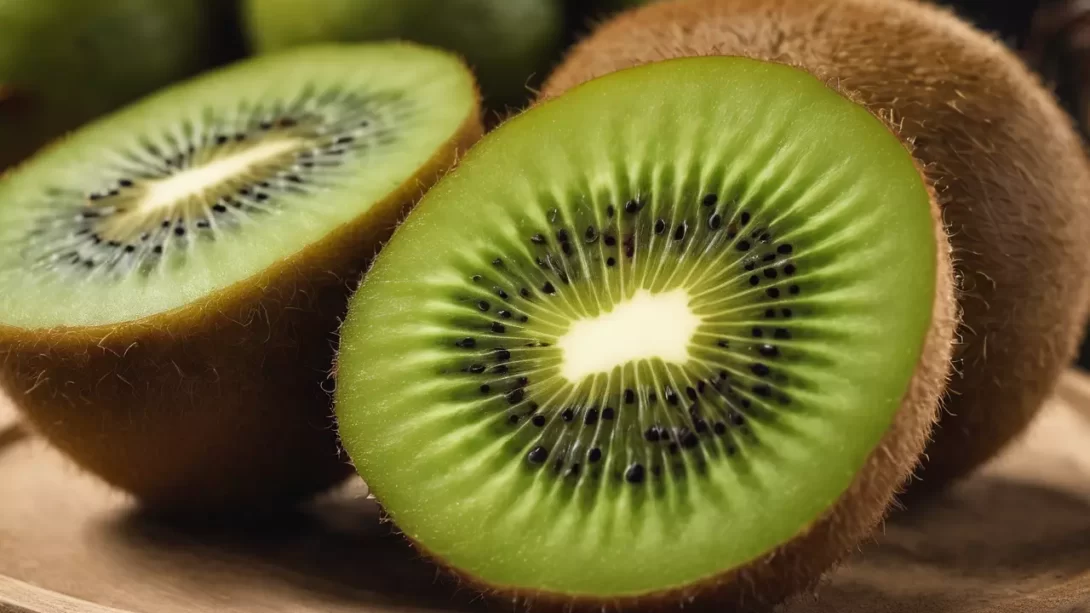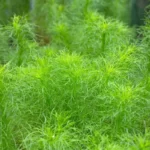Kiwi, with its unique flavor and numerous health benefits, is a popular fruit worldwide. However, like all fruits, kiwis have a limited shelf life, and consuming them after they’ve gone bad can be unpleasant and potentially harmful. Understanding how to identify a spoiled kiwi is essential for enjoying this fruit at its best.
Visual Inspection
The first step in determining if a kiwi is bad is a visual inspection. Fresh kiwi has a bright, uniform brown skin with a slightly fuzzy texture. Signs of spoilage include noticeable mold, especially around the stem or blossom end, dark spots that penetrate deep into the fruit, and significant shriveling or wrinkling of the skin. While minor blemishes on the skin are normal, extensive discolored or soft areas often indicate the fruit has begun to spoil.
Texture Assessment
The texture of a kiwi can also indicate its condition. A ripe kiwi should be slightly soft to the touch, yielding slightly under gentle pressure, but still firm. If the kiwi feels very hard, it may not be ripe yet. On the other hand, if it’s excessively soft, mushy, or feels hollow, it’s likely overripe or rotten. An overripe kiwi might have a watery texture when cut open, which is another sign that it’s past its prime.
Aroma Check
Smell is a powerful indicator of the kiwi’s freshness. A ripe kiwi typically has a sweet and slightly tangy aroma. If the kiwi emits an off, fermented, or sour smell, it’s a clear sign that the fruit has gone bad. This is especially noticeable if the fruit has started to ferment from the inside, which can happen if it’s overripe or has been stored in poor conditions.
Cutting and Observing the Flesh
To further assess the kiwi’s condition, cut it open and examine the flesh. Fresh kiwi flesh should be bright green with tiny, edible black seeds arranged in a circular pattern. The flesh should appear vibrant and juicy, not dry or mushy. Look out for any signs of discoloration, such as brown or gray areas, which indicate spoilage. Additionally, the presence of slimy or gooey texture is a warning sign that the kiwi is no longer good to eat.
Taste Test (If Appropriate)
If the kiwi passes the visual, texture, and smell tests, you may opt for a small taste test. A fresh kiwi should taste sweet with a hint of tartness. If the fruit tastes sour, overly bitter, or just off in any way, it’s best to discard it. Remember, only proceed to taste if the kiwi has shown no signs of spoilage in the previous checks.
Storing Kiwi Properly
Proper storage is crucial in preserving the quality and extending the shelf life of kiwi. Unripe kiwis can be left at room temperature to ripen. Once ripe, they should be stored in the refrigerator to slow down the ripening process. Keep them in a plastic bag or a container to retain moisture. Avoid storing kiwi in close proximity to ethylene-producing fruits like apples and bananas, as this can cause them to overripen quickly.
Conclusion
Determining whether a kiwi is bad involves a multi-step inspection process. Start with a visual check for mold, dark spots, or significant skin shriveling. The texture should be slightly soft but firm, without mushiness or a hollow feel. Aroma is a crucial indicator; a fresh kiwi will have a sweet and tangy smell, while a sour or fermented odor suggests spoilage. When examining the cut flesh, look for vibrant green color and avoid any fruit with discolored, slimy, or gooey areas. If the kiwi passes all these checks, a small taste test can confirm its freshness, looking for a balance of sweet and tart flavors.
Proper storage is key to maintaining the quality of kiwis. Allow unripe kiwis to ripen at room temperature and then store ripe kiwis in the refrigerator. This helps prolong their shelf life while preserving their taste and nutritional value. Be mindful of the fruits’ surroundings in storage, as ethylene from other produce can accelerate ripening.
By following these guidelines, you can enjoy kiwi fruit at its best and avoid the pitfalls of consuming spoiled produce. Remember, when in doubt about a fruit’s freshness, it’s safer to err on the side of caution and discard it. Enjoy the delightful taste of kiwi while ensuring it’s consumed in prime condition for the best experience.



